11,656 原创艺术品,限量版和版画:
Discover original contemporary Minimalism artworks on ArtMajeur
Minimalism is an artistic movement that began in the 1960s and still thrives today. It is characterized by its emphasis on simplicity, clarity, and austerity. Minimalist artists strive to create works that are stripped down to their essential elements, using only the most basic forms and materials. The main types of supports used in Minimalist art are canvas, paper, and wood, while the materials used include paint, ink, graphite, and charcoal. What is unique about this type of original artwork is its ability to convey a sense of calm and order through its clean lines and uncluttered compositions. Minimalism invites the viewer to focus on the essence of the artwork itself, rather than on any extraneous details. This makes it a powerful form of artistic expression that continues to captivate audiences today.

©2023 Bo Kravchenko
Origins and History
Minimalism is a contemporary art movement that emerged in the late 1950s and early 1960s in the United States. The term "Minimalism" was coined by the art critic Richard Wollheim in 1965, and it refers to artworks that feature a reduced, simplified aesthetic. Minimalist artists aimed to create works that were stripped down to their essential elements, with a focus on form, color, and texture.

©2024 Harold Vernhes (HA-VE)
Evolutions of theses works in the contemporary art market
Original contemporary Minimalism artworks have evolved significantly in recent years. Minimalism, which emerged in the 1960s, is characterized by a focus on simplicity, geometry, and the use of industrial materials. However, contemporary Minimalist artists have expanded on this tradition, incorporating new materials and techniques to create works that are both visually stunning and emotionally powerful.

©2025 Davide Angelelli
Related Famous Artists
Contemporary Minimalism is a style of art that emphasizes simplicity, precision, and the use of geometric shapes and forms. It has been favored by many artists in recent years, who have created original works that capture the essence of this style.
One well-known artist in this genre is a master of Minimalism, renowned for his large-scale, monochromatic paintings. His work often features a single color, with subtle variations in tone and texture, creating a sense of depth and space that draws the viewer in.
Another artist known for her Minimalist works is a sculptor who creates sleek, geometric forms from industrial materials like steel and aluminum. Her sculptures are often large and imposing, yet somehow delicate and graceful, combining strength and fragility in a way that is both captivating and thought-provoking.
A third artist in this genre has gained fame for his use of light and space to create immersive installations that transform the viewer’s perception of their surroundings. His works are often large and complex, incorporating multiple elements and materials to create a sense of wonder and awe.
In addition to these artists, there are many others who have made a name for themselves in the world of Contemporary Minimalism. Some focus on painting, while others work in sculpture, installation, or other mediums. But all share a commitment to simplicity, precision, and the power of form to convey meaning and emotion.
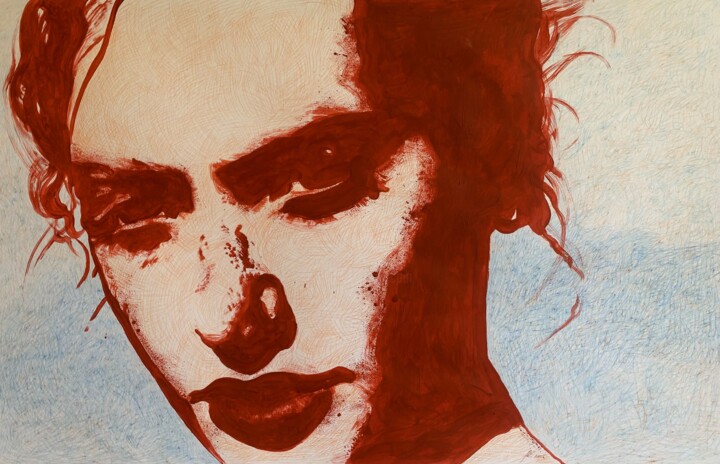
©2025 Alexandra Efimova
Notable original contemporary Minimalism artworks
One of the most iconic Minimalist artworks is "Untitled" by Donald Judd, created in 1965. This artwork is composed of a series of identical, rectangular metal boxes that are arranged in a specific formation. The boxes are made of painted aluminum and are designed to be mounted directly onto the wall. This piece exemplifies the Minimalist approach to art-making, which emphasizes simplicity, geometry, and repetition.
Another important Minimalist artwork is "Number 61" by Mark Rothko, created in 1953. This painting features a large, rectangular canvas that is painted with several layers of color. The colors are arranged in blocks, with each block blending into the next in a subtle gradient. The effect is one of depth and luminosity, as the colors seem to shift and change depending on the viewer’s perspective.
A third significant Minimalist artwork is "Untitled" by Dan Flavin, created in 1963. This piece consists of a series of fluorescent light tubes that are mounted on the wall in a specific configuration. The tubes emit a bright, colored light that fills the space and creates an immersive experience for the viewer. This piece is emblematic of Flavin’s interest in light as a medium, and his desire to create art that exists in the physical world rather than on the canvas.
Other notable Minimalist artworks include "Black Box" by Tony Smith, created in 1962, and "White Painting" by Robert Ryman, created in 1961. These pieces both explore the use of monochromatic color and the relationship between the artwork and the surrounding space. "Black Box" is a large, black cube that is open on one side, while "White Painting" is a series of small, square canvases that are painted entirely in white. Both pieces challenge the viewer to consider the meaning and significance of abstract art in a new way.
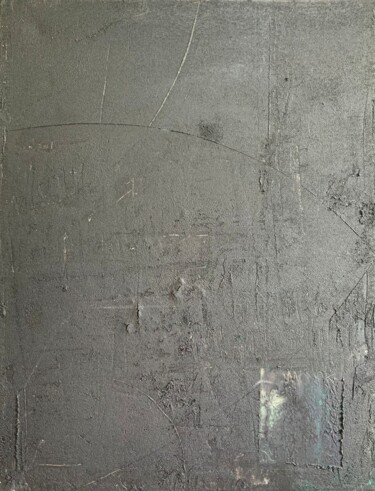
Mickael Bereriche (KESMO)
颜料在帆布上 | 35.4x27.6 in
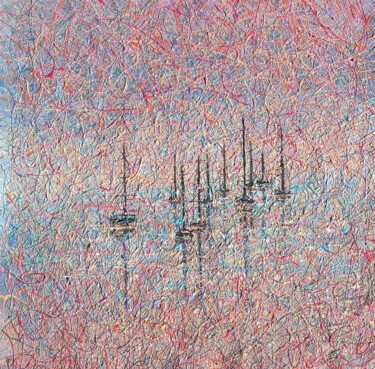
Nadiia Antoniuk
丙烯在帆布上 | 45.3x37.4 in

Gerald Berghammer
摄影 | 31.5x55.9 in
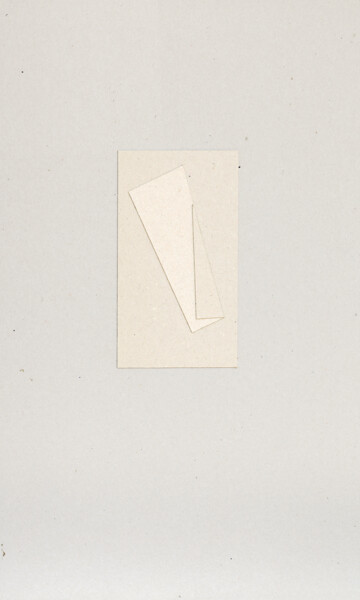
Antonio Ventura
拼贴在其他基材上 | 19.7x11.8 in
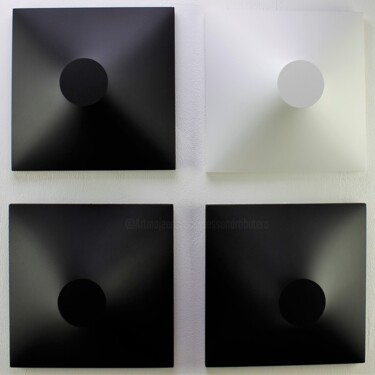
Alessandro Butera
雕塑 - 丙烯 | 31.5x31.5 in

Burak Bulut Yıldırım
摄影 | 19.7x27.6 in
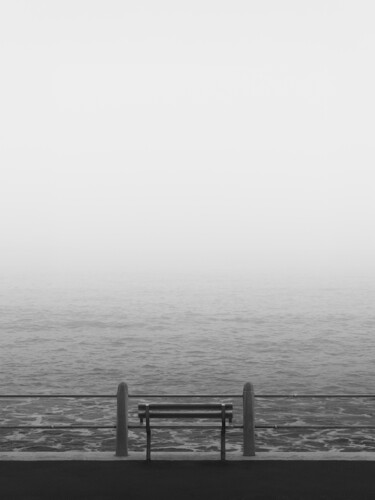
Mario Tarantino
摄影 | 55.1x39.4 in
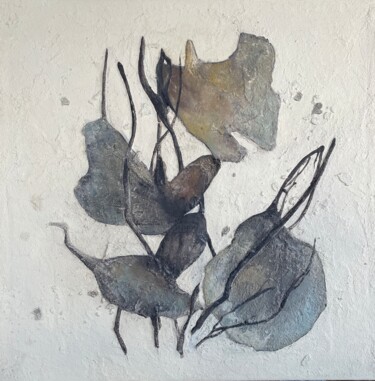
Irina Ges
丙烯在亚麻帆布上 | 31.5x31.5 in

Nadiia Antoniuk
丙烯在帆布上 | 59.1x37.4 in

Mario Tarantino
摄影 | 55.1x39.4 in

Davide Angelelli
设计 | 9.8x23.6 in

























